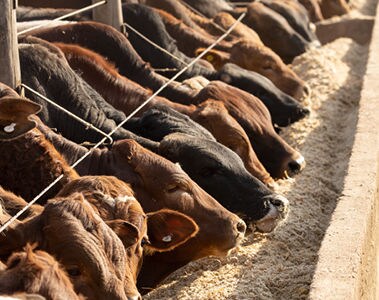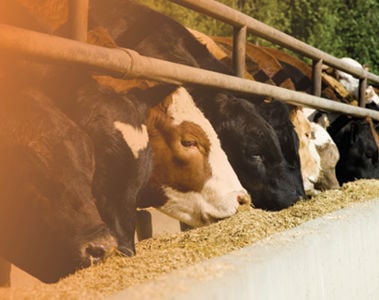Figure 3. Changes in concentration of main reproductive hormones when two different zearalenone treatments were fed to Holstein dairy cows.
The first clear effect of a change on zearalenone contamination in the diet is that all the concentrations of hormones in blood (such as estrogen, progesterone, luteinizing hormone, T3, T4 and prolactin) were affected significantly by the treatment. The cow has a normal level of estrogen that would naturally increase only right before estrus. If zearalenone is on circulation binding with receptors of estrogen, this alters the natural concentration of other hormones. This hormonal imbalance can result in unsuccessful reproduction, lack of response to hormonal treatments for artificial insemination, as well as false heats.
Increased risk of miscarriage
The increase of zearalenone in the diet resulted in a reduction of progesterone, also known as the “pregnancy hormone” because it ensures the physiological conditions are right to keep the embryo. In Figure 1 it can be observed how estrogen and progesterone regulate each other, when estrogen is high, progesterone is lower, and the opposite. Thus, having any increase of zearalenone, which will behave like estrogen, can result in the decrease of progesterone levels, thereby losing the conditions to keep the embryo and increasing the likelihood of a spontaneous abortion.


